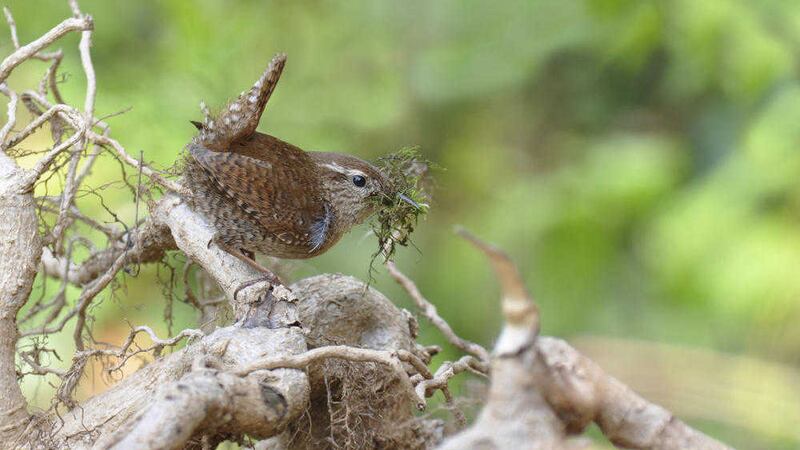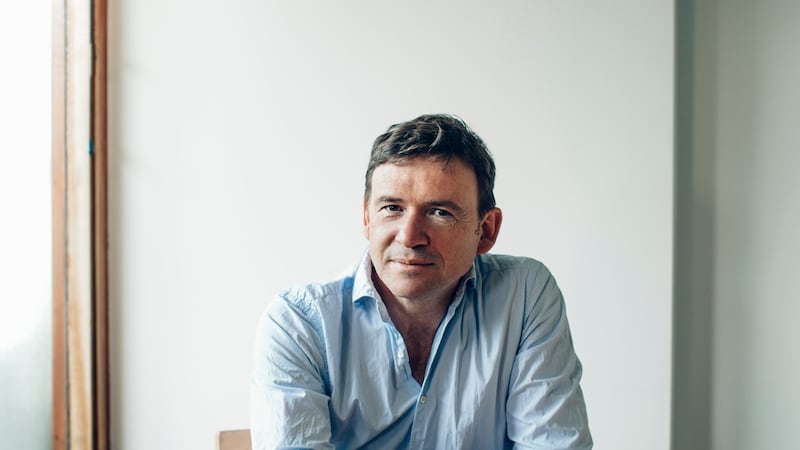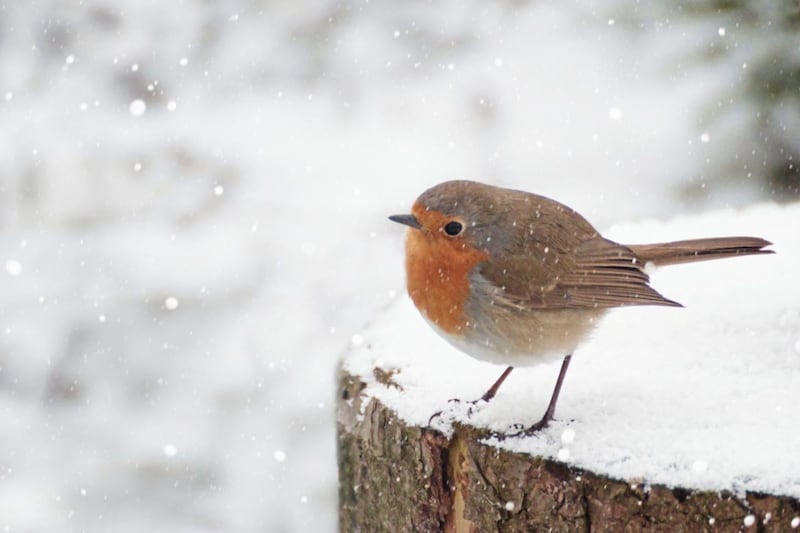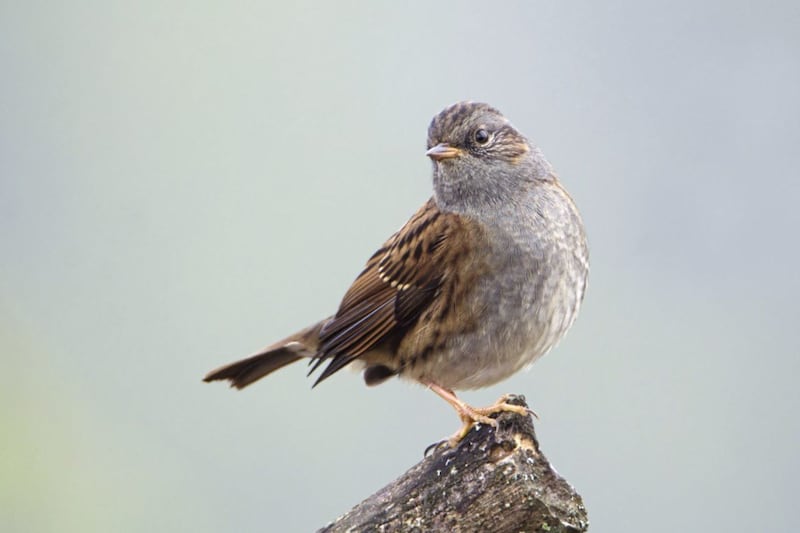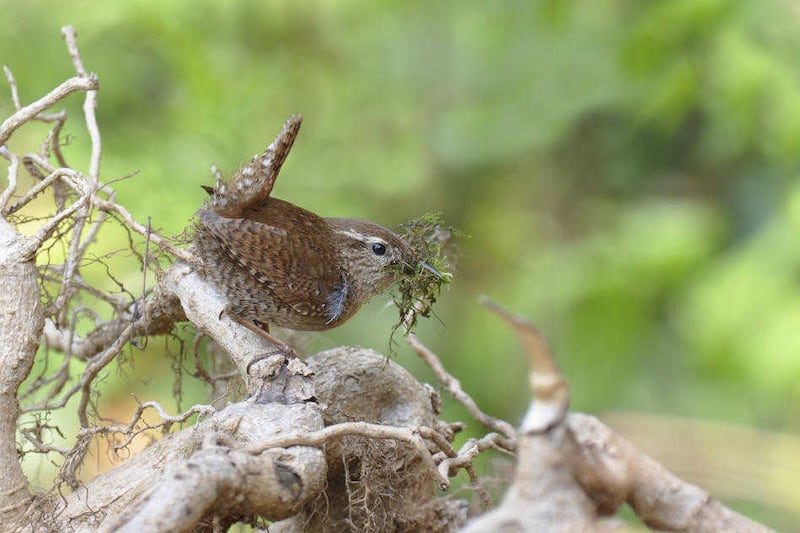I’VE just finished reading American author EB White’s classic novel Charlotte’s Web, with my Year 5 class in St Patrick’s PS, Eskra.
His tender tale of friendship, love, life and death, tells the story of Wilbur, a little runt of a pig who but for the intervention of Fern would have been slaughtered by her father, Mr Arable.
With the help of Fern, a spider friend Charlotte and other animal neighbours from Zuckerman’s farm, Wilbur ends up a very famous pig.
Midway through the narrative however, Mrs Arable becomes so concerned about Fern’s fascination with the webs Charlotte spins that she decides to visit her doctor. Attempting to convince Mrs Arable that her daughter is OK and perfectly normal for admiring such a wonderful creation, Dr Dorian asks if she could spin a web. "No," came her reply, "But I can crochet a doily and knit a sock."
"Sure," said the doctor, "but somebody taught you... who taught the spider? A young spider knows how to spin a web without any instructions."
Many such structures, designed without instruction and behaviours not taught, exist in our natural world. Examining an old wren’s nest last week in a berberis shrub in my garden, I tried to comprehend its making; the intricate nature of the domed structure of leaves, moss, grass and other plant material woven together in a stout robust form, one of many nests built by a male for the female to inspect and complete with soft internal lining.
Who teaches first-time breeding wrens how to construct such a nest? Anyone who feeds birds in their garden will also have observed the mischievous coal-tit hiding nuts or seeds pulled from feeders in various locations throughout the garden, often tucked into the ground or lodged in a dense hedge. Who teaches the bird to do this? How does the young thrush learn to hammer the snail on a stone or ‘anvil’ to crack open the shell and eat the contents?
Who taught my Westie, Robbie, to dig and bury objects in flower beds whenever the mood takes him?
Think of the ingenious architecture of a wasp’s nest. Initially begun by the queen wasp using her mandibles to scrape bits of wood fibre from fences, logs or cardboard, she breaks these fibres down in her mouth using saliva and water to weaken them before choosing her nest site and adding her soft paper pulp to a suitable support like a tree branch or the eaves of a house.
As the wet cellulose fibres dry they become a buttress from which she will suspend her nest. The hexagonal cells are then developed by worker wasps and the nest expands rapidly.
From where do the wasps learn such craft? They and the other animals certainly weren’t taught or given instructions, but rely instead on some genetic code which instinctively propels them to act the way they do.
Returning to Mrs Arable’s consultation with Dr Dorian, one of her other concerns was that Fern spent too much time in their neighbour’s barn watching all the animals. She says, "She sits on a milk stool in a corner of the barn, near the pigpen and watches animals, hour after hour. She just sits and listens."
The Doctor, leaning back in his chair replied, "How enchanting!"
Perhaps we could all benefit from doing a little of what Fern does in the story. Take some time to sit, listen, watch and consider the many natural creations and animal dramas played out daily in front of our eyes.
